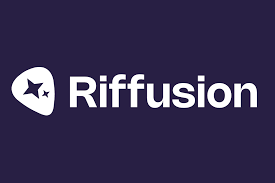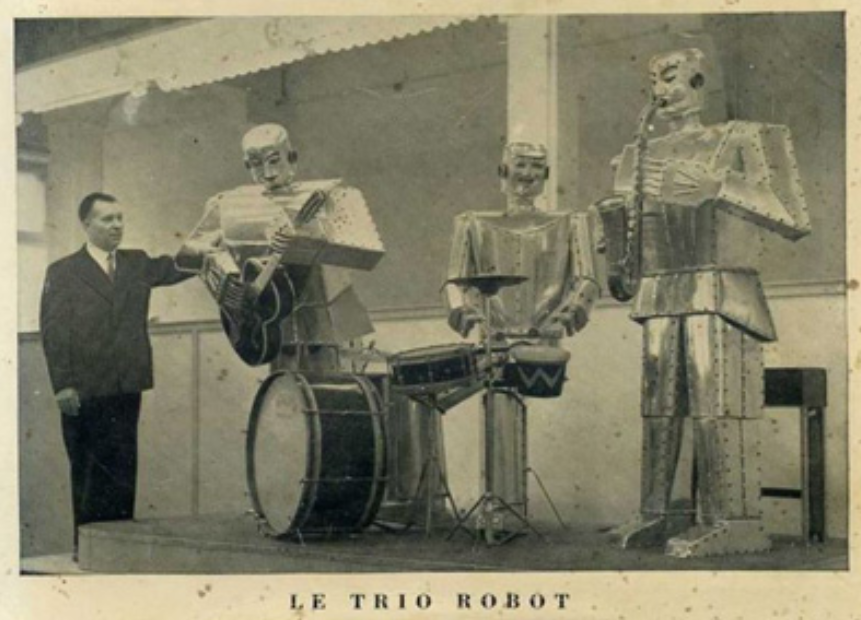AI-generated music tools are making waves across the internet, and one name that keeps popping up is Riffusion. But while the tech looks impressive, many creators and developers want to know one thing before they jump in: Is Riffusion open source?
This is not just a yes-or-no question. Understanding Riffusion’s open-source status can help you figure out how flexible, accessible, and customizable this tool really is—whether you're an indie artist, software engineer, or AI enthusiast.
In this blog, we’ll break down what it means for Riffusion to be open source, how the community uses it, where to find the code, and what rights and limitations come with it.

What Exactly Is Riffusion?
Before diving into licensing and openness, let’s quickly revisit what Riffusion is. At its core, Riffusion is an AI music generation model that converts text prompts into audio using spectrograms.
Instead of producing notes or MIDI files, Riffusion uses a visual-based approach: it creates images of sound waves (spectrograms) based on your input text, then converts those visuals into playable audio. Think of it as text-to-image-to-sound.
It was originally launched in December 2022 by Seth Forsgren and Hayk Martiros as a side project built on Stable Diffusion, the well-known image generation model. Since then, Riffusion has gained a cult following among creative technologists and AI developers.
So, Is Riffusion Open Source?
Yes—Riffusion is absolutely open source. In fact, its open-source nature is one of the reasons it has been so widely adopted and remixed by the AI music community.
The official Riffusion project is available on GitHub under the MIT License, one of the most permissive open-source licenses out there.
You can view the repository here:
https://github.com/riffusion/riffusion
This means you can:
Download and run the model locally
Use it in your own projects
Modify or extend the code
Deploy your own version publicly
Use it commercially, as long as the original license is included
Why the Open-Source Model Matters
Now that we've answered "is Riffusion open source?" with a firm yes, the more important follow-up is why this matters.
Full Transparency
Unlike many proprietary AI tools that hide their algorithms and training data, Riffusion gives you full access. You can see exactly how it was built, how it generates audio, and what data it was trained on.
No Gatekeepers
You don’t need to pay a subscription or deal with locked features. You can run Riffusion on your own GPU or on platforms like Google Colab for free, without being tied to a central provider.
Community Collaboration
Being open source also means the community can contribute bug fixes, create forks, and build entire ecosystems around Riffusion. It’s not just a product—it’s a growing movement.
Popular forks and extensions have already popped up, including:
Riffusion Web UI for easier browser access
Riffusion with ControlNet for more controlled outputs
Integrations with music DAWs and Discord bots
What Can You Build with Open-Source Riffusion?
Developers and creatives have been building incredible tools with Riffusion thanks to its open nature. Here are just a few possibilities:
AI Music Bots
Using Riffusion’s Python backend, developers have created music bots for Discord and Twitch that respond to commands and generate music on the fly.
Interactive Sound Art
By connecting Riffusion to a webcam, microphone, or gesture sensor, you can make fully interactive sound installations—turning visual motion or spoken words into real-time music.
Experimental Sound Design
Since you can modify the source code, you’re free to experiment with different diffusion parameters, spectral resolutions, or even train it on your own dataset of sounds.
Riffusion’s License: The MIT Advantage
The MIT License is one of the most developer-friendly open-source licenses available. Here’s what it allows:
Free commercial use
Modification and redistribution
Sublicensing
No requirement to open-source your own code (unlike GPL)
In return, you just need to:
Include the original copyright
Provide a copy of the license in your distribution
This low-friction license has made Riffusion especially attractive to startups and indie developers who want to build commercial tools on top of it.
Riffusion vs. Closed-Source Music AIs
For context, here’s how Riffusion compares to other AI music tools in terms of openness:
| Tool | Open Source | Commercial License | Customizable |
|---|---|---|---|
| Riffusion | ? Yes | ? Yes (MIT License) | ? Fully |
| Suno AI | ? No | ? Closed | ? Not allowed |
| AIVA | ? No | ? Limited License | ? Limited |
| Mubert | ? No | ? With subscription | ? Not allowed |
This comparison clearly shows that Riffusion is the most open and flexible platform among popular AI music tools.
Common Questions About Riffusion’s Open Source Model
Can I sell music made with Riffusion?
Yes. The output belongs to you. Under the MIT License, there are no restrictions on commercial usage.
Do I need to credit the original creators?
While not legally required for outputs, it’s considered best practice to credit the original developers if you’re building on their codebase.
Can I build my own app using Riffusion?
Absolutely. As long as you include the MIT License and attribution, you can package and sell your app.
Is Riffusion open source forever?
Yes. Once released under an MIT License, the current version of the code remains open source permanently—even if future versions are closed.
Final Thoughts: Why Riffusion’s Openness Is a Game-Changer
In a tech landscape dominated by closed ecosystems and hidden algorithms, Riffusion stands out as a rare example of true open-source AI innovation.
Whether you’re a musician experimenting with new sounds, a developer building music tools, or an educator teaching audio signal processing, Riffusion’s open-source status unlocks endless possibilities.
More importantly, it lowers the barrier to entry for AI music creation, giving independent creators the same powerful tools as major tech companies—without paywalls or restrictions.
So if you’re asking, “Is Riffusion open source?”, now you know: it’s not just open source—it’s one of the most open, adaptable, and creator-friendly AI music tools available today.
Learn more about AI MUSIC








